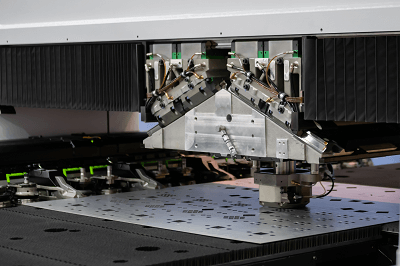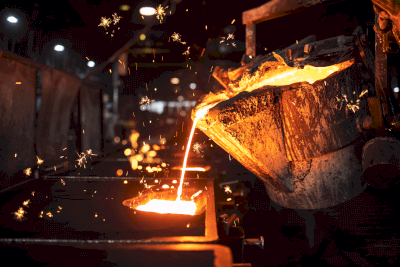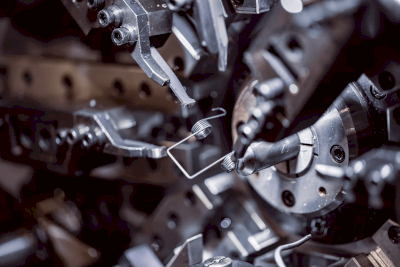What Is a Wire Processing Service?
A wire processing service is a process in which an electric current is applied to a very thin wire to heat and melt the metal to be processed. It is most commonly referred to as wire processing service. It does not produce burrs, which occur in press work, and can perform high-precision processing to the nearest 0.01 mm.
The advantage of this process is that it can be applied to all types of metals, and the shape of the material to be processed does not matter. On the other hand, there are some disadvantages, such as the processing time required and the inability to process materials that are not conductive.
Uses of Wire Processing Services
Wire processing services can be performed at high temperatures of nearly 7,000°C, making it possible to process materials that are difficult to process, such as heat-resistant alloys and high-hardness metals. It can also be used to process parts with complex shapes because it can process any size or shape of the material to be processed.
Wire processing services uses ultra-thin wire and can process without touching the work material, thus enabling burr-free, high-precision processing without placing a burden on the work material.
With these advantages, wire processing services are used to process all kinds of metal parts, including plate and ring parts, pipes, and metal fittings.
Because it is not suitable for mass production, it is often used for custom-made, high-precision processing of special parts.
Principle of Wire Processing Services
Wire processing services melts the metal to be processed by the heat of a metal wire that has an electric current flowing through it. The wire is often made of highly conductive brass and is very thin, with a radius of 0.05 mm to 0.3 mm.
The wire does not directly touch the material to be processed, and the distance between the material and the wire is kept at a very short distance of several tens of micrometers. Therefore, wire processing services can be performed with a width of about 0.4 mm with high precision.
The wire is heated to nearly 7,000°C. This is much higher than the melting point of about 4,000°C, which is the melting point of the metal with the highest melting point on earth, so it can be said that wire processing services can be applied to all kinds of metals.
Wire processing services are performed in water tank filled with pure water. This is to prevent expansion and deformation of the material to be processed due to heat. The water tank is equipped with a cooling system to maintain a constant water temperature.
In addition to the method in which the workpiece is completely submerged in the tank, there is also a jet-type wire processing services in which pure water is sprayed on the workpiece.

 Ironwork is the processing of iron. Iron is abundant, constituting one-third of the Earth’s weight, making it cost-effective compared to other metals. It is also known for its high strength.
Ironwork is the processing of iron. Iron is abundant, constituting one-third of the Earth’s weight, making it cost-effective compared to other metals. It is also known for its high strength. A stamping die is a tool used in the stamping process to shape products.
A stamping die is a tool used in the stamping process to shape products.
